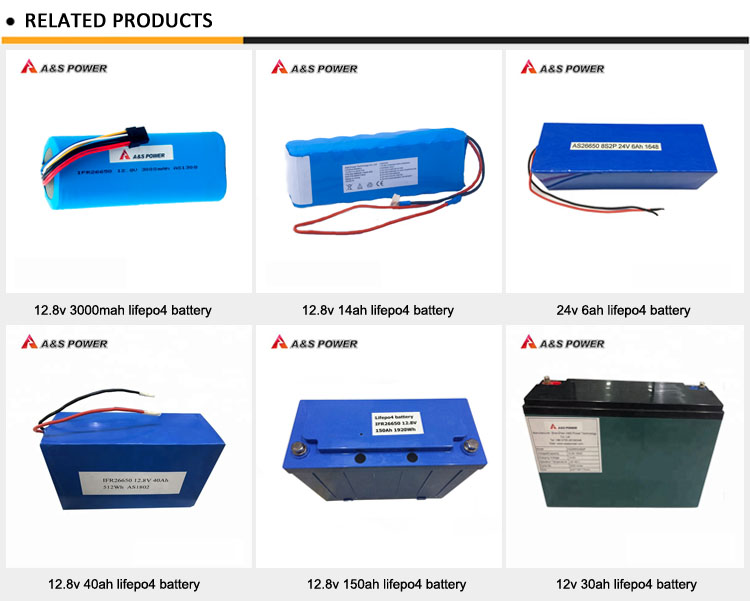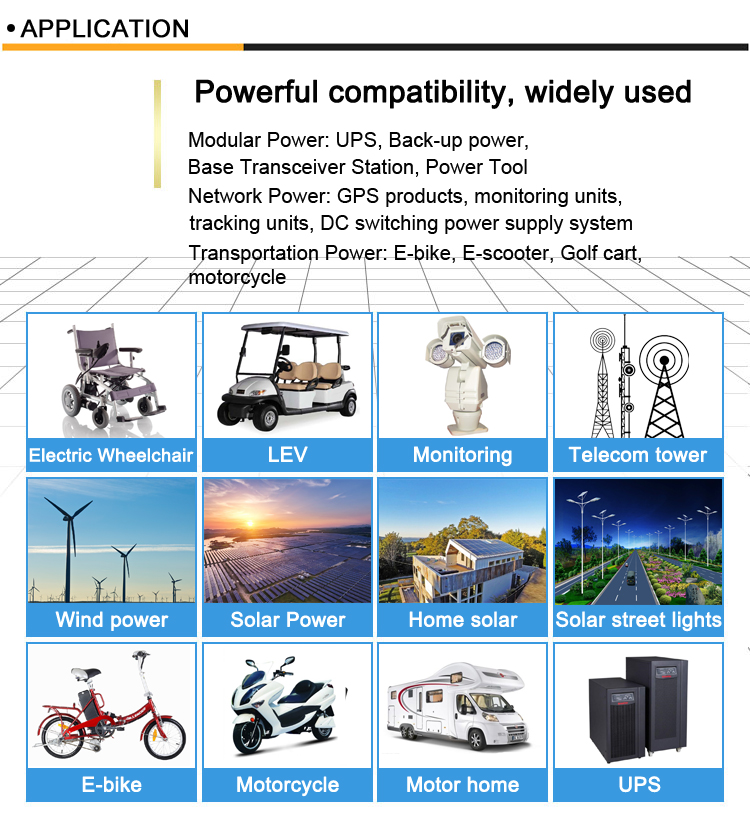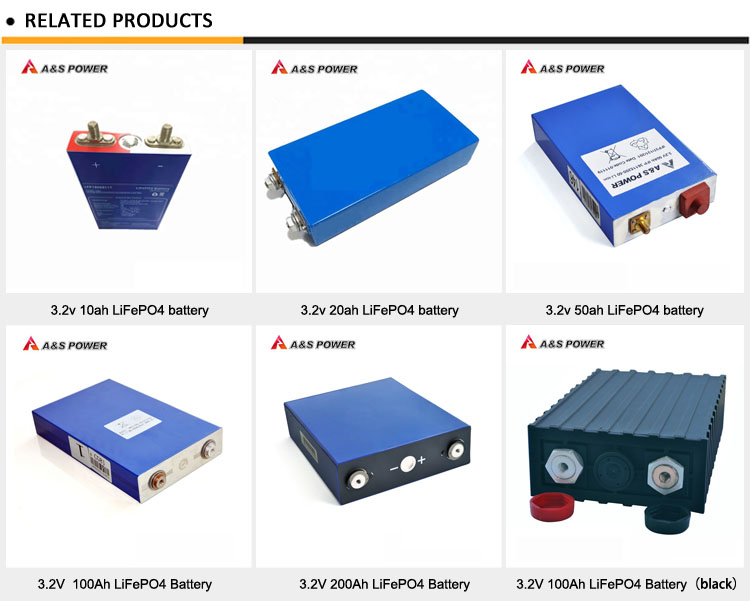Space-saving, structural-grade Blade Battery to help improve EV safety
2021-07-02
Auto manufacturers are moving ever closer to building electric vehicles robust enough to quell the public's range anxiety once and for all, but they're mostly doing so by equipping those vehicles with large, energy-dense lithium-ion battery packs. China's BYD is approaching EV battery design from a different angle, creating more efficiently packaged lithium-iron-phosphate batteries that are more stable, less prone to fire and longer-lasting, all while still providing more than 375 miles (604 km) of range.
Lithium-iron-phosphate (LiFePO4) batteries are more thermally and chemically stable than lithium-ion batteries, making them the safer choice for electric vehicle design. But their lower energy density has made lithium-ion a more broadly pursued EV standard. Believing this an impractical path, BYD puts the spotlight back on safety and stability in presenting the Blade Battery.
In pushing toward a safer electric vehicle battery design, BYD realized that it needed to package LiFePO4's inherent stability and safety advantages into a battery pack with energy capabilities comparable to lithium-ion. Instead of focusing on the battery cells themselves, it looked around them, ripping the battery pack apart to identify how it could be redesigned to utilize space more efficiently.
BYD eliminates the usual construction of battery cells stacked into boxy modules that are surrounded by structural components into full packs. Instead, it stacks long, blade-like cells closely together on their edges inside an outer frame. The battery cells themselves provide the structural integrity for the pack, eliminating the need for modules and support beams. To complete the pack, BYD sandwiches the battery blades inside upper and lower high-strength panels, inspired by an aluminum honeycomb structure.
According to BYD's numbers, a mere 40 percent of a typical LiFePO4 auto battery pack's space is dedicated to the energy-storing battery cells themselves, with the rest going to structural elements. The Blade Battery construction increases that number by 50 percent, so that 60 percent of the battery pack is now dedicated to energy storage. In other words, a battery pack of the same size can now supply 373 miles (600 km) of driving range instead of 249 miles (400 km).
With that more space-efficient construction, BYD is able to effectively revisit safer, more stable lithium-iron-phosphate technology as a practical solution for the modern electric vehicle. The thermal and chemical stability advantages of LiFePO4 are well-documented, and BYD says that its Blade packs are chemically stable up to temperatures of 500 °C (932 °F), create limited heat during a crash, and don't release oxygen that would accelerate a fire.
In describing the results of its testing, BYD says that puncturing the Blade Battery with a nail results in no smoke or fire, with surface temperatures staying below 60 °C (140 °F). It says the same puncture in a lithium-ion battery would result in temperatures over 500 °C and violent fire. The pack doesn't ignite or explode when heated to 300 °C (572 °F) in a furnace, nor when overcharging it by 260 percent. Crushing the battery results in only a small amount of smoke but no fire, according to the automaker.














